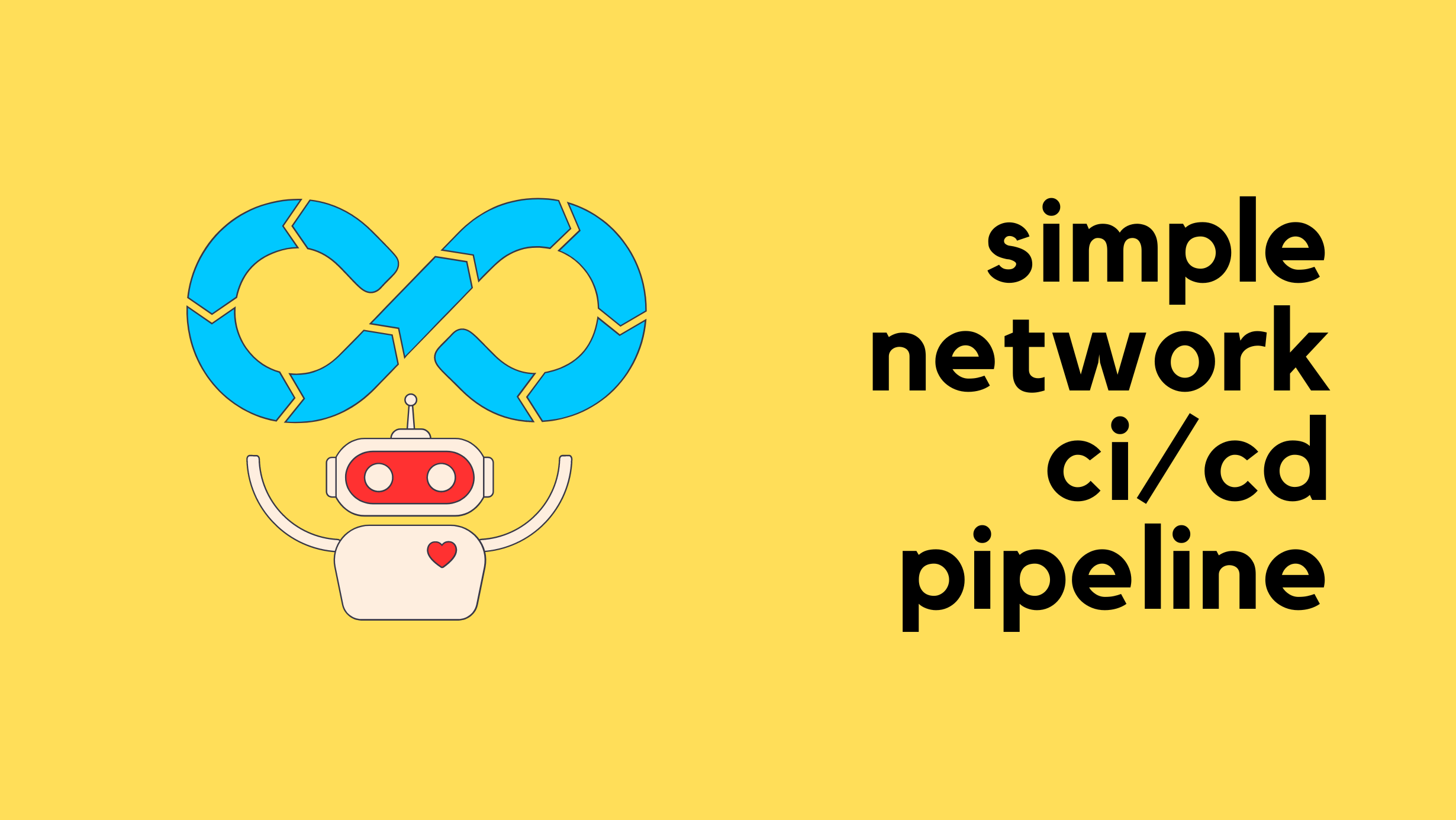0
Calico, the leading solution for container networking and security, unveils a host of new features this spring. From new security capabilities that simplify operations, enhanced visualization for faster troubleshooting, and major enhancements to its popular workload-centric distributed WAF, Calico is set to redefine how you manage and secure your containerized workloads.
This blog describes the new capabilities in Calico.
Simplified security operations for Runtime Threat Detection
Runtime threat detection generates a large number of security events. However, managing and analyzing these events can be challenging, and users need a way to summarize and navigate through them to gain deeper insights and take appropriate actions. Let’s see how Calico simplifies runtime security operations.
New Security Events Dashboard
We are excited to announce the introduction of the Security Event Dashboard in Calico. This dashboard provides a summary of the security events generated by the runtime threat detection engine. With the Security Event Dashboard, users can easily analyze and pivot around the data, enabling them to:
- Efficiently find and analyze specific segments of security events.
- Collaborate with stakeholders involved in the analysis, response, and remediation of security events.
The Security Event Dashboard offers a visually appealing and user-friendly interface, presenting key summarizations of Continue reading









